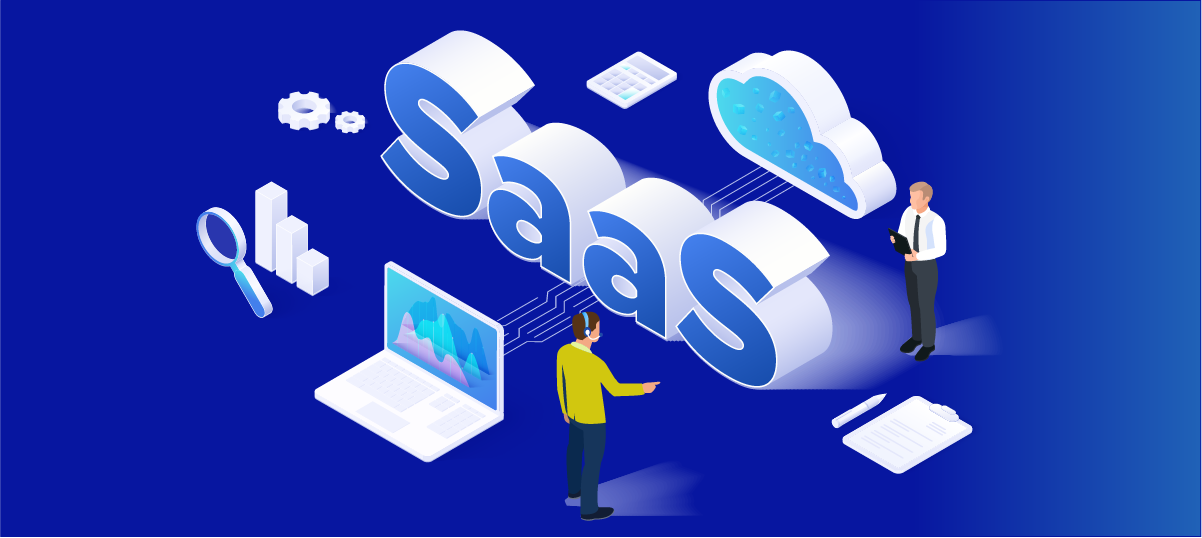Goals of SaaS (software as a service) Management

Are you researching how a Saas management platform will enhance your business growth? Using the best SaaS management software helps you boost your users’ overall productivity and stop unmanaged SaaS sprawl, contributing to your company’s growth.
Effectively following SaaS management best practices helps businesses achieve this by maintaining control and optimization across the SaaS lifecycle.
This blog post provides insights on the goals of SaaS management.
1. Gain Complete Visibility into the SaaS Stack
The first step in SaaS management is having complete visibility into the SaaS apps used throughout your company.
One issue that many enterprises struggle with is Shadow IT, which is the use of unauthorized applications without IT supervision. IT teams will face challenges to recognize possible risks, overlapping tools, and usage patterns in the absence of this visibility.
If you are choosing a SaaS management platform, one important goal to be ticked off is ensuring that it provides you with a complete transparent view of your SaaS stack.
A powerful SaaS management platform, such as CloudFuze Manage, offers you detailed insights to track and manage your SaaS apps across departments.
2. Optimize SaaS Expenditure and Eliminate Waste
Unmanaged SaaS infrastructures can cost you for unused features, extra tools and inactive licenses.
Finding licenses that are underutilized and streamlining license distribution are key goals of effective SaaS management.
In addition to cutting expenses, this increases the accuracy of future IT investment budgeting.
A well-executed SaaS management strategy helps you streamline license management by automating areas such as:
- License Usage Monitoring
- License Provisioning
- License Renewals
3. Automate User Lifecycle Management
Managing user access manually, from onboarding to offboarding, takes time and is often prone to errors.
Your chosen SaaS management service should have provisions to automate user onboarding and offboarding procedures. This helps you save time and ensure that employees are provided with the appropriate SaaS tools according to their positions.
4. Improve ROI Through Analytics
One of the important goals of SaaS management tools is to provide companies with insightful analytics.
SaaS analytics offers valuable insights into user behavior, product performance, and allowing for enhanced decision-making.
By tracking necessary indicators and understanding consumer needs, companies can manage SaaS applications for enhancing their user experience, reduce churn, and drive growth.
CloudFuze Manage provides you with actionable insights through analytics dashboards to improve ROI:

5. Enhance Reporting and Decision Making
Organizations can find it challenging to collect the information required to make the right decisions if they don’t get a clear overall picture of what’s happening with their SaaS investments. In the long run, this can result in unnecessary expenditures, missed opportunities, and elevated risks.
Use a SaaS management platform that offers a centralized source of truth through extensive reporting features.
With CloudFuze Manage, businesses can download reports to track user activity log:

Manage Your SaaS Apps Efficiently with CloudFuze Manage
Strategic SaaS management helps you maximize revenue, lower risk, and enable growth. By focusing on these five main goals of SaaS management, businesses can reap the benefits of SaaS management platform.
Contact us for a free consultation on your SaaS management requirements!

Leave A Comment